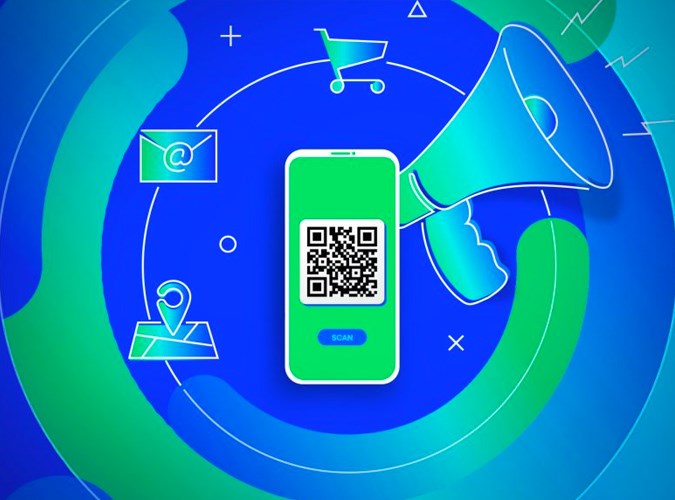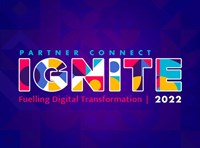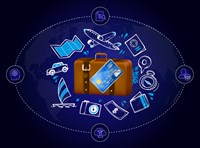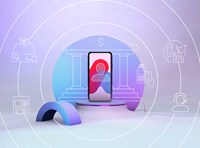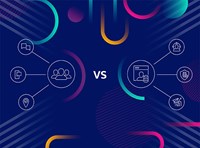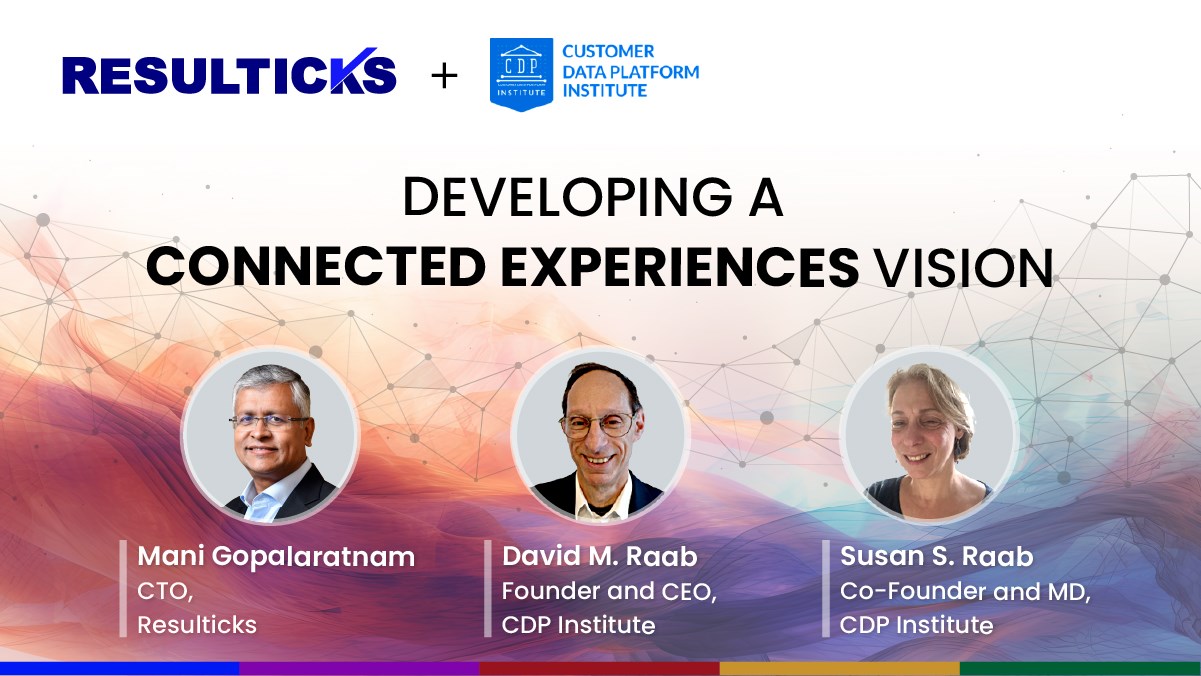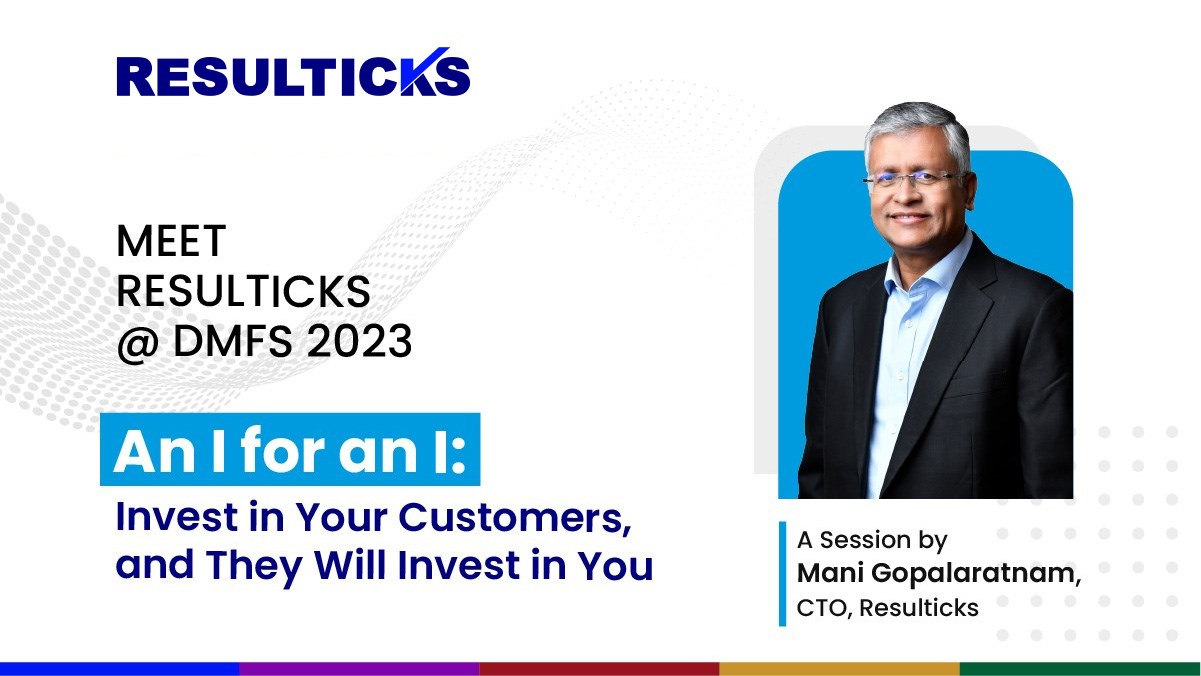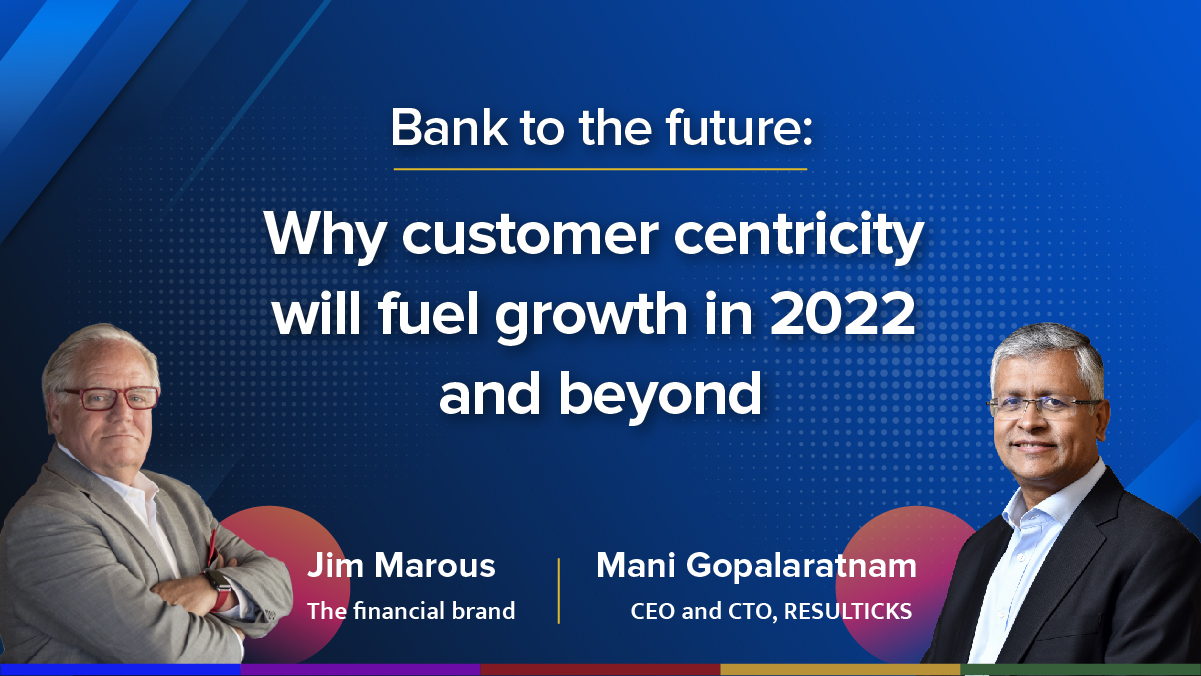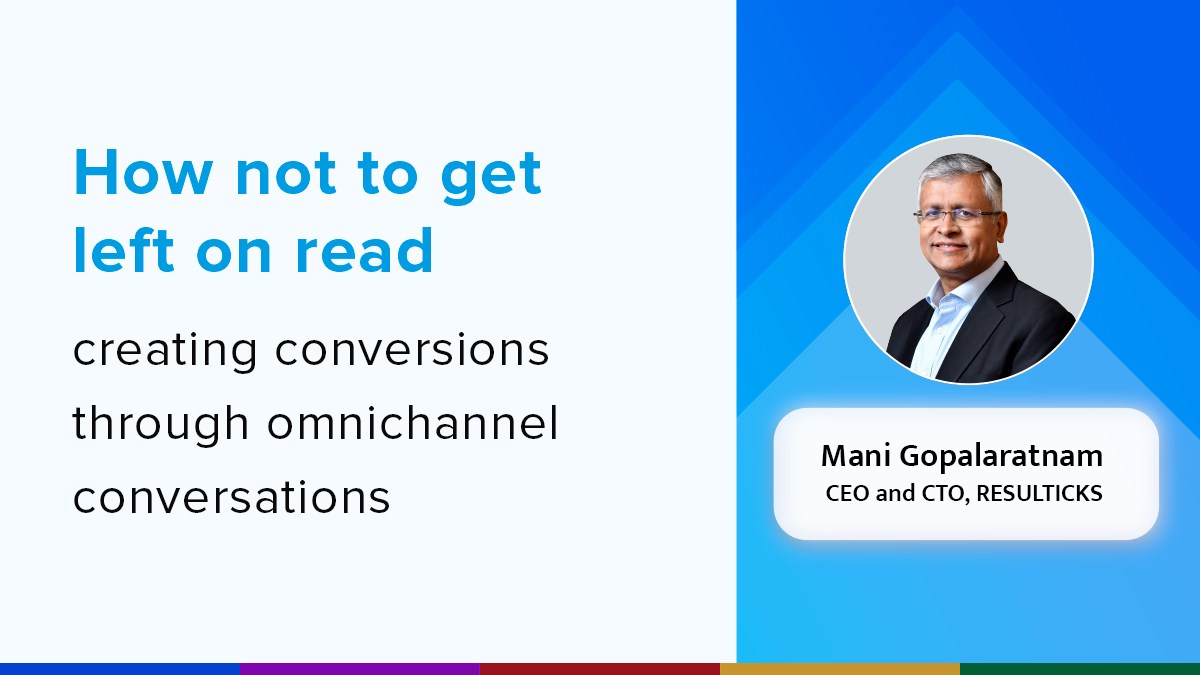Summary
- QR codes are on the rise across the world as a communication channel
- With proper strategization, QR codes can be adapted to dynamic use cases
- Resulticks’ Smart Link-empowered QR codes seamlessly bridge the gap between online and offline interactions
Depending on where you live, googling the term “QR code” can paint a very diverse picture in terms of its viability.
QR codes have been adopted for diverse applications in diverse ways in many parts of Asia in the past decade. From facilitating payments via mobile and exchanging contact details to unlocking app-based bicycle rentals and more, they’ve made a significant impression in the Asian market. However, QR codes haven’t made a similar impact in North America.
Why did QR codes fail to catch on in America?
The lukewarm response could be attributed to insufficient technology maturity at the time of introduction in the country. In most cases, you had to download an app specifically for scanning QR codes, and mobile customer experience was not as optimized as it is today for most brands. Such limitations obfuscated the convenience that QR codes were supposed to provide.
COVID-19, however, might be driving significant change in this arena. With touchless experiences becoming a key tenet of business adjustments during the pandemic, American companies are taking inspiration from their Asian counterparts to adapt to shifting consumer habits. Recent research has shown that 11 million households will scan a QR code in 2020, a huge jump from the 6.2% scanning rate in 2011.
QR codes in the Asian sphere
However, Asia has a different story to tell when it comes to QR codes.
Take the example of China, where QR codes have seen the most widespread adoption. The technology took off with WeChat. With a built-in QR code scanner, the app allows users to scan others’ codes to add them as contacts. More importantly, there is the option of using the codes to make or receive payments, and that has made WeChat and other apps like Alipay integral parts of China’s increasingly cashless everyday experience.
The Chinese government has taken QR innovation a step further. Using a color-based “health code” system, PRC citizens are now allowed entry and exit to locations in their daily routines based on the “color” of the health code on their app. The colors are determined by a survey they take on their medical condition and contact history with COVID-positive individuals. The app then indicates whether the user should be quarantined and for how long. Determined by a survey they need to take, this reinforces quarantine periods for individuals that have come into contact with COVID-19 positive individuals or those who exhibit potential symptoms.
QR code use cases
Though not as globally widespread, here are some other uses for QR codes that may soon become commonplace across borders.
- Contactless menus
Even in America, QR code menus are rising in popularity. They allow customers to simply scan a QR label at the table to load the menu on their mobile phones. This not only reduces risks of viral transmission associated with physical menus, but also emphasizes sustainability by having to print out and laminate individual menus.
- Product information
QR codes can serve as a helpful CX bridge for today’s shoppers, who often traverse both the online and offline worlds simultaneously. For instance, shoppers who may want to know if a shirt is sustainably made can scan a QR code on the tag to learn more about the shirt’s manufacturing information. They could also choose to purchase the shirt directly if the store is out of stock on a particular size.
- Replacing tickets
A large number of theaters, music venues, and sports arenas have replaced physical tickets with QR codes. These alternatives save consumers the hassle of fumbling with printed tickets. More importantly, venues can avoid spending money on ticket production and reduce check-in time for their patrons, thus delivering a more seamless experience. QR codes, incorporated into promotional posters and media assets, can also open up innovative ways of inviting pedestrians or online consumers to explore engaging content on upcoming events with a quick scan.
- Unified QR code payment
In a climate of fragmented e-payment systems, Singapore rolled out the world’s first unified payment QR code called the SGQR, compatible with 27 different payment schemes. Customers can simply log into their preferred payment scheme app, scan the merchant’s SGQR label displayed at payment counters, and enter the payment amount. If adopted globally, credit cards may soon become a thing of the past, speeding up payment processes and keeping counters clutter-free.
Such initiatives are already in the pipeline in Hong Kong and Malaysia, while Singapore is in the process of opening up this electronic fund transfer service to other non-bank e-wallet payment solutions. This decision can help more people get the most out of the accessible alternative that SGQR provides.
Exploring QR code potential
QR codes, when leveraged optimally, can provide more value than just convenience and cost-saving, if integrated with the correct tools. They have the potential to serve as a key to unlocking consumer data that, if strategically acted upon by digital marketers, can deliver a deeper understanding of their customers.
For example, QR codes generated by Resulticks are packaged with a Smart Link, which allows marketers to identify their offline audience members, connect or create audience identities, enrich customer insights, and facilitate contextual experiences. These capabilities allow QR codes to facilitate a rich array of analytics on marketing performance, ROI impact, and online-offline attribution.
Here are two examples of the use cases Resulticks’ Smart Link-enabled QR codes can facilitate.
Connecting offline and online interactions
Dao, a prospective health insurance plan customer, comes across a Vision Insurance ad in a lifestyle magazine.
- Dao is interested in the offer and scans the QR code, which redirects him to the Vision Insurance website.
- He registers and gets an instant health insurance quote on the website, but does not purchase the plan.
- Later that day, while browsing the internet, he receives a notification from Vision Insurance reminding him to complete the transaction.
- He clicks on the link and completes the health insurance purchase with the offer.
- He receives a confirmation SMS with a Smart Link to view his policy document inside the mobile app.
- He clicks on the link and downloads the app. After login, he is automatically redirected to the policy document.
Acquisition through in-store QR display
Mary visits a Vision Cosmetics store for the first time.
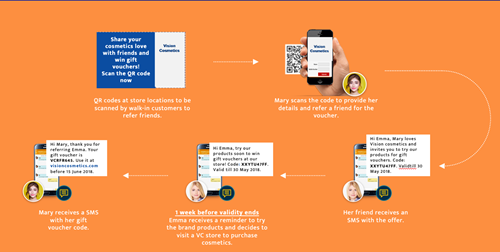
Interested to learn more about the potential of QR codes for your company? Reach out to us at [email protected] to speak with an expert.

